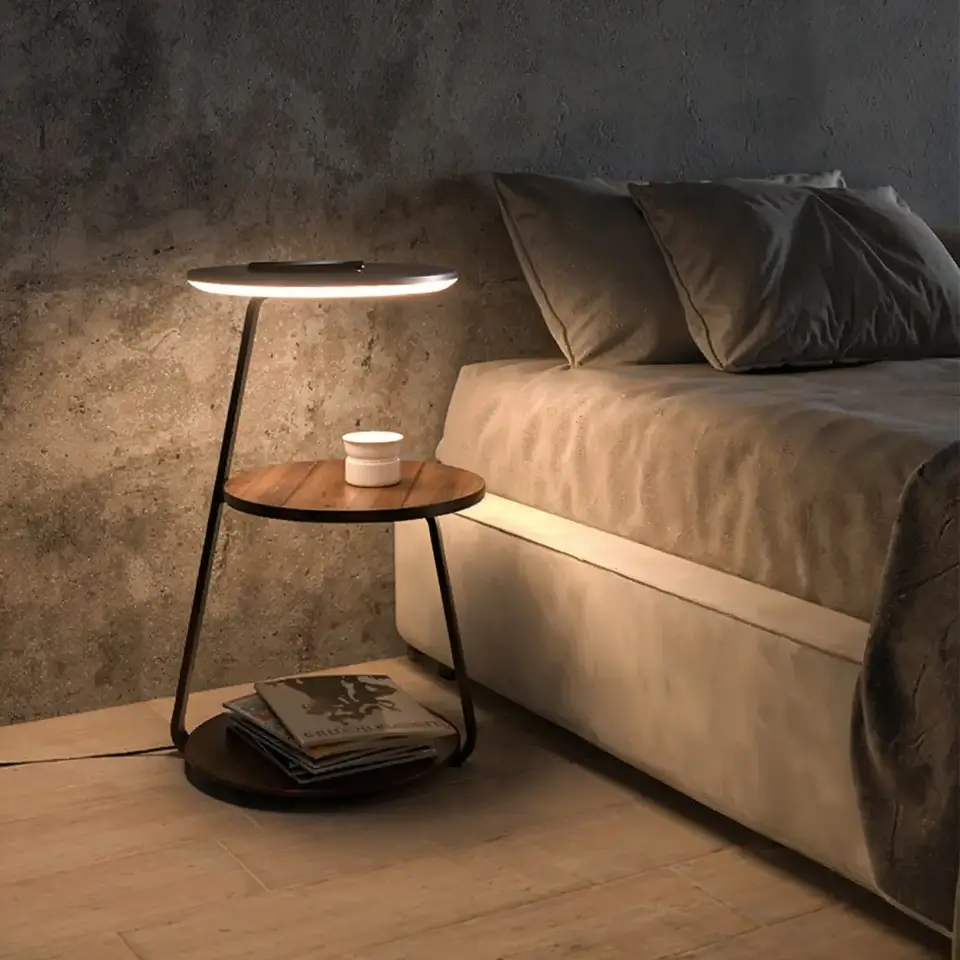How to Calculate Lighting Requirements for Any Space
Crafting the perfect ambiance starts with understanding your lighting needs. Too dim, and you strain your eyes. Too bright, and it feels sterile. So, how do you find that sweet spot?
Think lumens, not just watts! Lumens measure brightness, and the ideal number varies depending on the room's size and purpose. A cozy bedroom will have very different needs than a bustling office space.

Calculate Lighting Requirements for your Space
Avenir Developments has developed a calculator which helps you calculate the lighting requirements for your room or space.
Total Lights Required:
how much light is required
Factors Influencing
Lighting Requirements
Task
Requirements
This is always number one. What activities will the space be used for? The precision and detail needed for the task dictates the needed light levels. A surgical suite demands intense, high-quality light, while a lounge might only need a soft glow. This factor is the foundation for everything else.
Age and Visual
Ability of Occupants
You can’t design effective lighting without considering who will be using the space. As we age, our eyes need significantly more light to function effectively. Accommodation reduces, and contrast sensitivity drops, making higher illuminance necessary. This is often overlooked, but it is essential for the comfort and safety of the occupants.
Daylight Availability
& Control
We’re increasingly emphasizing biophilic design, and that means acknowledging natural light. How much daylight enters the space, at what time of day, and how can we effectively control it (glare, heat) are vital. Good design leverages daylight where possible and provides effective artificial lighting to supplement or replace it as needed.
Energy Efficiency
& Code Compliance
We live in a world where sustainability matters. It’s not just about how bright it is, but also how we achieve that brightness with minimum energy consumption. We have to adhere to building codes and find ways to reduce costs.
Surface Reflectances
& Room Geometry
These factors dramatically affect how light bounces around a room. Light-colored surfaces amplify light, while dark ones absorb it. The shape of the space impacts the distribution of light and can create shadows or hotspots. Understanding these interactions allows us to achieve a more even and energy-efficient lighting scheme.
Let's Start Your Dream Home Project
We believe in transparent pricing with no hidden fees. Our scope of work is clear from the very begining so that you make informed decisions.
Why Investing in
Expertise Matters
avoid these mistakes
while lighting your space
Let Avenir Developments illuminate your vision. Our expert architects and interior designers understand the nuances of creating perfectly lit spaces, whether it’s for your dream home in Lahore or a modern office in Islamabad. From initial architectural design to seamless construction and interior design, we’ll ensure every detail shines. Ready to bring your project to light?
Using Incorrect or Outdated Luminaire Data
This is huge! Why? Because if you’re using the wrong lumen output, wattage, or light distribution data for your chosen fixtures, all your calculations will be fundamentally flawed. Always double-check the manufacturer’s specifications.
Not Accounting for Task-Specific Requirements
Why? The type of task performed in the space dramatically impacts the required light levels. Under-lighting tasks requiring high precision (like detailed assembly or surgery) can lead to eye strain, fatigue, and errors. Over-lighting low-demand areas can lead to glare and wasted energy.
Ignoring the Impact of Furniture
Why? Large furniture or equipment can block or reflect light, affecting illuminance levels on the work plane. Take these obstructions into account when planning luminaire placement.
Forgetting About
Maintenance
Why? Even the best-designed lighting system needs regular maintenance. Plan for relamping and cleaning schedules to maintain optimal performance. Factor in luminaries with longer lives.
Ignoring the Lighting Needs of all People
Under the guidelines of With Disabilities Act, it may be mandatory for business to provide the required lighting needs for those with poor visons.
why choose
why choose avenir developments
As an experienced architect and home builder, we’ve seen firsthand the consequences of prioritizing low design fees over quality and expertise. While it may seem like a cost-saving measure upfront, opting for the cheapest architectural design services can often lead to significant expenses and headaches down the road.
At Avenir Developments, we believe that investing in quality architectural design is an investment in the long-term value and success of your project. Our fees reflect our commitment to providing comprehensive, well-coordinated design solutions that prioritize functionality, sustainability, and client satisfaction. We understand that design fees represent a small fraction of the overall project cost, and we believe that compromising on design quality to save money upfront is a short-sighted approach that can lead to significant financial and emotional costs in the future.
To get an accurate estimate of your architecture and design fee, we encourage you to contact us for a personalized consultation. We’ll discuss your project requirements, understand your vision, and provide a detailed proposal outlining our services and associated costs.
Saving You Cost and Time
We design for people. Our considered and innovative design-led approach to contemporary architecture delivers what you want, and what you didn’t know you needed.
calculate lighting requirements
FAQs
Think of watts as how much energy a bulb uses, and lumens as how much light it produces. Lumens are the key to understanding brightness! When replacing bulbs, focus on matching the lumen output you need, not just the wattage.
A general guideline is around 10-20 lumens per square foot. For a 200 sq ft living room, aim for 2000-4000 lumens total. Remember, this is just a starting point. Adjust based on your personal preferences and the room’s function. Reading areas will need more light!
Foot-candles measure light intensity on a surface. It’s how bright the light is where you need it. Different tasks require different foot-candle levels. For example, reading needs more foot-candles than watching TV. While you don’t need to measure foot-candles yourself, understanding the concept helps inform your lighting plan.
Absolutely! A small powder room will require significantly less light than a sprawling open-plan kitchen. A larger room needs more fixtures and/or higher lumen output to ensure even illumination and avoid dark corners.
Maximize natural light whenever possible! Assess how much natural light your space receives throughout the day. Use sheer curtains to diffuse harsh sunlight and consider dimmable lighting options to adjust brightness as needed. Integrating natural light not only lowers your energy bills, but adds warmth to your space.

contact us
LET US HELP YOU CALCULATE LIGHTING REQUIREMENTS
Let’s setup a call or a meeting to discuss architecture and design fee for your project. We’d love to hear from you and would be happy to offer advice.
FOLLOW US ON SOCIAL NETWORKS
Follow Avenir Developments on our social media platforms to stay updated about architecture and design fee. WhatsApp us to book a free consultation. We’d love to hear from you and would be happy to offer advice.

